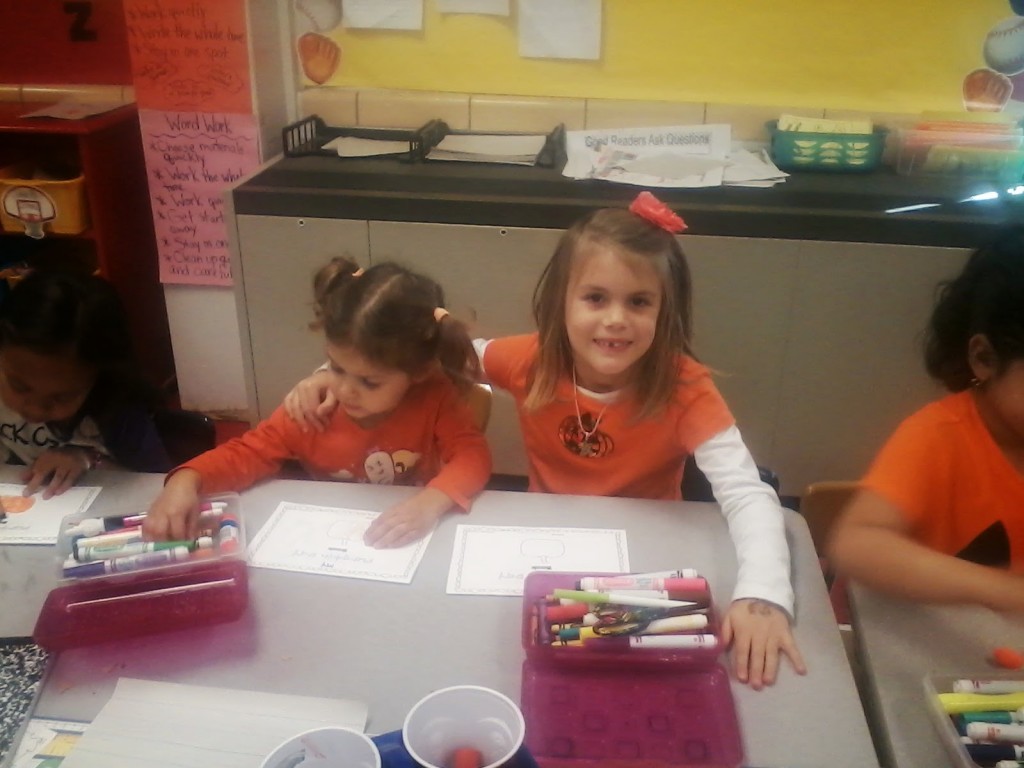“And when this happens, and when we allow freedom ring, when we let it ring from every village and every hamlet, from every state and every city, we will be able to speed up that day when all of God’s children, black men and white men, Jews and gentiles, Protestants and Catholics, will be able to join hands and sing in the words of the old Negro spiritual, “Free at last! Free at last! Thank God Almighty, we are free at last!” – Martin Luther King Junior’s I Have a Dream Speech, August 28, 1963
My family lives in a unique community. A few years ago, when we walked into our neighborhood elementary school to register our oldest daughter for kindergarten, we heard no fewer than four languages being spoken by other families. We saw families who were Hispanic, Asian, Middle Eastern, and African American. I’ve heard that many of our diverse schools district services for English-language learners are concentrated in our area, which may account for some of the diverse makeup at our school. Whatever the reason, I like the way my daughter’s school looks.
We live in a suburb of St. Louis, a region considered to be one of the most racially segregated in the nation. More specifically, we live in North County, a diverse area that has seen more “white flight” in recent decades than any other part of St. Louis County. Some people call North County a “community in transition,” a term my husband does not like. We enjoy living here. It’s a mostly middle-class community with a low crime rate, despite the impressions last fall’s unrest in Ferguson created. The homes are affordable and are built more durably than many of the McMansions farther out in the exurbs. We are close to major highways that can quickly get us anywhere from hospitals to malls to the renowned St. Louis Zoo or downtown. We have a nice community center with a range of programs for kids and families. We also are confident in the quality of education at our daughter’s elementary school.
Diverse Schools
 |
| My daughters enjoying the class Pumpkin Party. |
It is no understatement when I say the school is diverse. A little demographic research indicates the student body is about 55 to 60 percent Caucasian, with the other 40 to 45 percent a mix of various ethnicities. My daughter is the only white girl in her class this year. When people talk about diversity, they mainly refer to African Americans, but Megan’s other female classmates also are Hispanic and Middle Eastern. One of the boys in her class is Chinese, with parents who are the first generation in his family to live in the U.S.
I appreciate the experiences this environment provides to my daughter. I can think of at least three things she has learned through these diverse schools:
1. Regardless of skin color or background, we are all people. When we don’t personally know people who are different from us, we tend to have an “us versus them” perspective that isn’t always good for promoting understanding, kindness, or even basic civility. I saw this in the harsh generalizations some people made about African Americans in the wake of events in Ferguson last year. Muslims living in the U.S. also face more challenges compared to other groups of people. There are several Muslim families in our school, and one girl is among my daughter’s closest friends in her class. My daughter’s other close girl friend has a mother who is white and a father who is black. The girls sit next to each other, help each other and look out for each other. The kids spend time journaling each day after lunch, and Megan regularly mentions her two good friends and draws little marker illustrations with an array of skin tones. It is the norm for them to be around kids of all different skin colors and cultures, and they see how everyone is human and deserves to be included and treated with decency.
2. There is value in learning about other cultures, traditions, and languages. The rest of the world does not revolve around our own culture, and it’s good to have a working knowledge of other cultures. My daughter’s classmates have taught her an Arabic word or two, and the kids have casual discussions around the lunch table about how they celebrate – or don’t celebrate – holidays like Christmas. Megan has participated in interesting conversations with her peers during free moments during the school day – most notably conversations between Muslim students, passionate Christian African American students, and students with no religious affiliation. We have had good, deep discussions with our daughter at home about the differences between our Christian faith and the Muslim faith. Not everyone in the world lives just like we do, and we shouldn’t be afraid to interact with people who are different.
3. We can get along with other people despite our differences. At the end of the school day, some of my daughter’s classmates go to homes that are very different from ours. Everyone has their own foods, languages, culture, religious traditions, and ways of dressing or styling their hair. But for several hours each day, these kids can come together to learn and play. That’s the beauty of diverse schools.
It’s not easy to achieve diverse schools in a community. I don’t know whether my neighborhood will always remain as diverse as it is, but it is a good thing for the children who are growing up here now. As we observe Martin Luther King Jr. Day, I’d like to think that our local school is living out King’s dream. The world isn’t perfect, but I hope he’d be pleased with our small corner.
Let’s connect on social media too:
Mumbling Mommy on Facebook
Mumbling Mommy on Twitter
Mumbling Mommy on Pinterest
Save
Category: EducationTags: diversity








